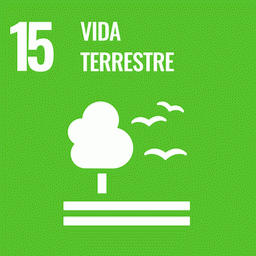Tree mortality rates appear to be increasing in moist tropical forests (MTFs) with significant carbon cycle consequences. Here, we review the state of knowledge regarding MTF tree mortality, create a conceptual framework with testable hypotheses regarding the drivers, mechanisms and interactions that may underlie increasing MTF mortality rates, and identify the next steps for improved understanding and reduced prediction. Increasing mortality rates are associated with rising temperature and vapor pressure deficit, liana abundance, drought, wind events, fire and, possibly, CO2 fertilization-induced increases in stand thinning or acceleration of trees reaching larger, more vulnerable heights. The majority of these mortality drivers may kill trees in part through carbon starvation and hydraulic failure.
The relative importance of each driver is unknown. High species diversity may buffer MTFs against large-scale mortality events, but recent and expected trends in mortality drivers give reason for concern regarding increasing mortality within MTFs. Models of tropical tree mortality are advancing the representation of hydraulics, carbon and demography, but require more empirical knowledge regarding the most common drivers and their subsequent mechanisms. We outline critical datasets and model developments required to test hypotheses regarding the underlying causes of increasing MTF mortality rates, and improve prediction of future mortality under climate change.
